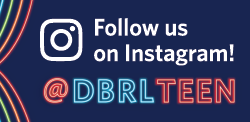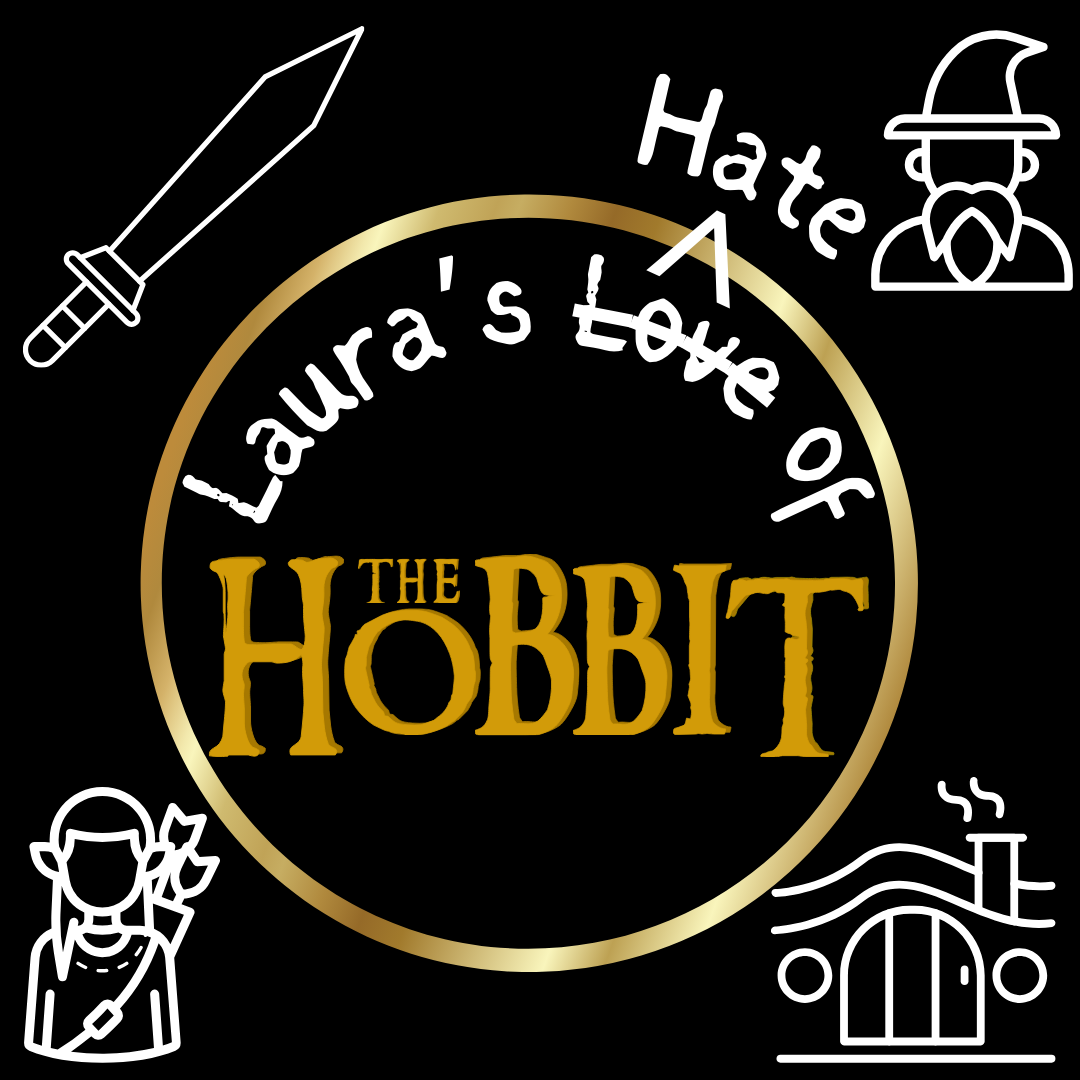
“The Lord of the Rings” trilogy is the most influential movie series I have ever seen. Given this fact, you cannot imagine how excited I was when “The Hobbit” movies were announced. My 12-year-old self was ecstatic. I wrote the date for the first one in my parent’s calendar and reminded them of it at least once a week. I remember practically vibrating with joy as I sat in the theater waiting for it to start. And boy was I disappointed. After the first movie, I was upset, but not terribly. “I’m sure it will only get better!” I remember thinking. “Nowhere to go but up!” After the second, I was distraught. “What did they do to one of my favorite books?” I said to myself, “The third one will be amazing. It has to be, after that.” Little did I know. By the third, I was mad. I felt oddly betrayed by just how bad the franchise ended up being. To this day, ten years, later, I absolutely despise “The Hobbit” movies. How could something that I was so ready to love become one of my most hated pieces of media? Read on to find out.
Production Background
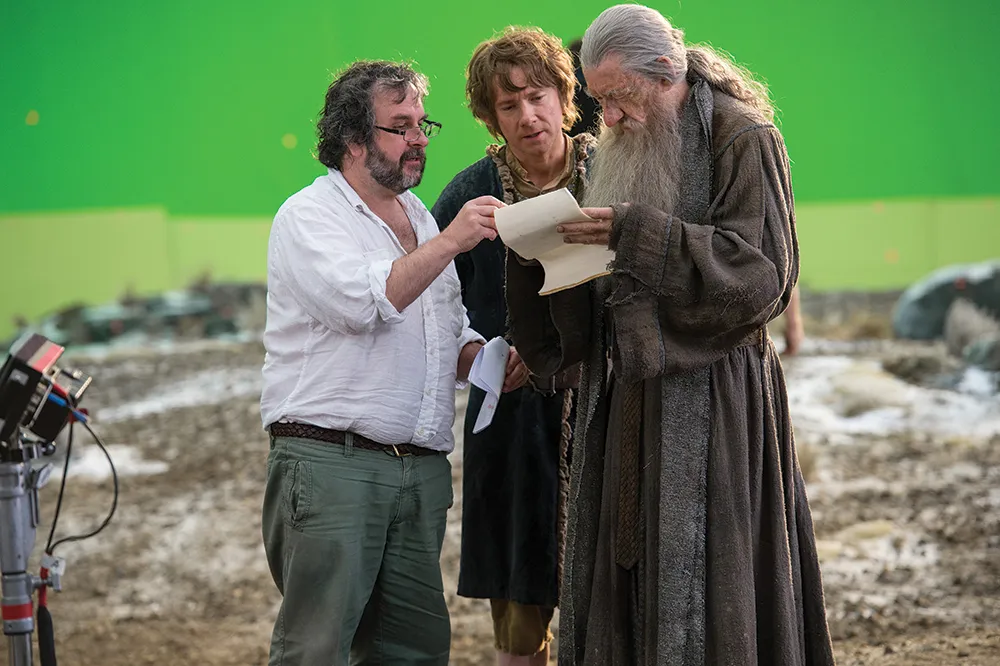
As you’ll discover as you read more, I have some pretty strong opinions on “The Hobbit” movies. This does not, however, mean that I think that Peter Jackson is a bad director. If anything, I think he’s absolutely phenomenal. The movie he made after “The Hobbit,” “They Shall Not Grow Old,” is a masterpiece. As I’ve said before, “The Lord of the Rings” movies are my all-time favorite movies. “The Hobbit” is the only mark he has missed, and I believe that’s because of the incredibly difficult position he was put in.
The films were originally set to be directed by Guillermo Del Toro. Unfortunately, because of scheduling conflicts and delays, he was forced to step down from the project. This is where Peter Jackson entered. As he has said in behind-the-scenes footage, he was essentially given no pre-production time. There were moments when he was actively writing the script for the scene as they were setting up to film it. In general, it was an absolute train wreck. I think this is a huge reason why the movies came out the way that they did. Had Jackson had the time and resources, I think he could have done something incredible. But as they stand, there are a lot of problems, like…
Character Changes and Additions

There are so many changes to existing characters within the movies. The worst offender is Azog the Goblin. Azog is mentioned in “The Hobbit,” but only once. To give Jackson some credit, the character does have history, though much of it comes from other sources. He didn’t simply completely invent a new character in this case. My problem comes from how much of a conflated role Azog received. Instead of being simply a painful part of Thorin’s back story, he became essentially the main villain. While I understand that he was trying to provide more character development for Oakenshield, it felt like Jackson was forcing a round toy into a square hole. Azog feels like he doesn’t really belong, because, well, he doesn’t. The orc would have fit within an epic like that of “The Lord of the Rings,” but not within the small-scale adventure of “The Hobbit.” I do at least see what Jackson was going for in trying to tie the disjointed pieces of a franchise together. Considering that Tolkien himself didn’t even really try to do that with “The Hobbit,” I understand the monumental task the film’s director was up against. On the other hand, a character I will never understand is Tauriel.
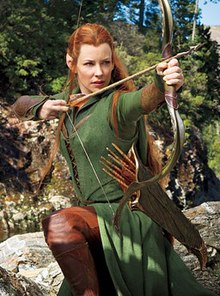
There are very few things in this life that I genuinely hate. That being said, I hate Tauriel. I think she is one of the absolute worst additions to any film adaptation ever made. As Phillipa Boyens, Peter Jackson’s Co-writer, stated at a Comic-Con panel, she was added to give the film some “powerful feminine energy.” This is not a bad thing. As revolutionary as Tolkien was, his works do absolutely suffer from a lack of women (though there are a few notable exceptions, of course). Adding another woman to balance out the sheer number of men is not what’s wrong with Tauriel. What’s wrong is her relationship with Kili. Tauriel doesn’t feel like a strong, powerful woman. She feels like another example of women being reduced to nothing but a love interest. She falls in love with Kili for essentially no reason other than he’s pretty. They flirt once while he’s behind bars, and suddenly she’s willing to throw away her entire life for him. Don’t get me wrong. The actors do have chemistry. But that’s because they’re good actors, not because their relationship makes any actual sense. Not only that, but their courtship undermines the importance of Legolas and Gimli’s relationship in “The Lord of the Rings.” Their friendship is supposed to be essentially legendary. It’s the first example in centuries of an elf and a dwarf working together instead of apart. Or it’s supposed to be. Instead, Jackson and his team decided to completely get rid of that fact for the sake of having a romance in a story that doesn’t need one. It absolutely feels like a cash grab to increase sales because people love romance. How much are we willing to sacrifice for the sake of money? According to “The Hobbit” movies, the answer is quite a lot, because one of my other main problems is…
Unnecessary Additions
 ”The Hobbit” is a short book. Even our version of “The Annotated Hobbit” with the original story plus commentary, history, full-color illustrations, and more is only 398 pages. Between the three “Lord of the Rings” books, there are over a thousand pages of story. And yet the two original source materials have the exact same number of movies. “The Hobbit” did not need to be three movies. I could maybe see two if some embellishments were added. But three is frankly excessive. In order to fill the time, Jackson had to add an incredible amount to the story. To be fair, like with Azog, some of it comes from other sources. There is a decent amount, however, that is entirely from the mind of the director. Now don’t get me wrong. I am not against directors taking some creative liberties with the source material. The problem comes when it completely overshadows the original.
”The Hobbit” is a short book. Even our version of “The Annotated Hobbit” with the original story plus commentary, history, full-color illustrations, and more is only 398 pages. Between the three “Lord of the Rings” books, there are over a thousand pages of story. And yet the two original source materials have the exact same number of movies. “The Hobbit” did not need to be three movies. I could maybe see two if some embellishments were added. But three is frankly excessive. In order to fill the time, Jackson had to add an incredible amount to the story. To be fair, like with Azog, some of it comes from other sources. There is a decent amount, however, that is entirely from the mind of the director. Now don’t get me wrong. I am not against directors taking some creative liberties with the source material. The problem comes when it completely overshadows the original.

For example, Radagast is mentioned once in “The Hobbit” as an aside. We do have some information on him from the council of Elrond in “The Fellowship of the Ring.” But in general, we really don’t know that much about him. We know that he was one of the lesser Valar who never fell to Sauron but also never accomplished his task due to his obsession with nature. That, and information about his whereabouts, is just about all the canon material we have. Quite honestly, he simply wasn’t that important. In “The Hobbit” movies, however, he’s a major character with a decent amount of screen time. Jackson chose to essentially craft a whole character out of every little breadcrumb he had. He did similarly with the necromancer, Gandalf’s trip to Dol Guldur, The White Council, and more. Almost all of the choices (with the exception of Tauriel and Legolas’ appearances) do have at least some basis in Middle Earth lore. But they don’t have a place in “The Hobbit.” Adding them fundamentally changes far too much. Speaking of that, my final major complaint is…
Change in Tone
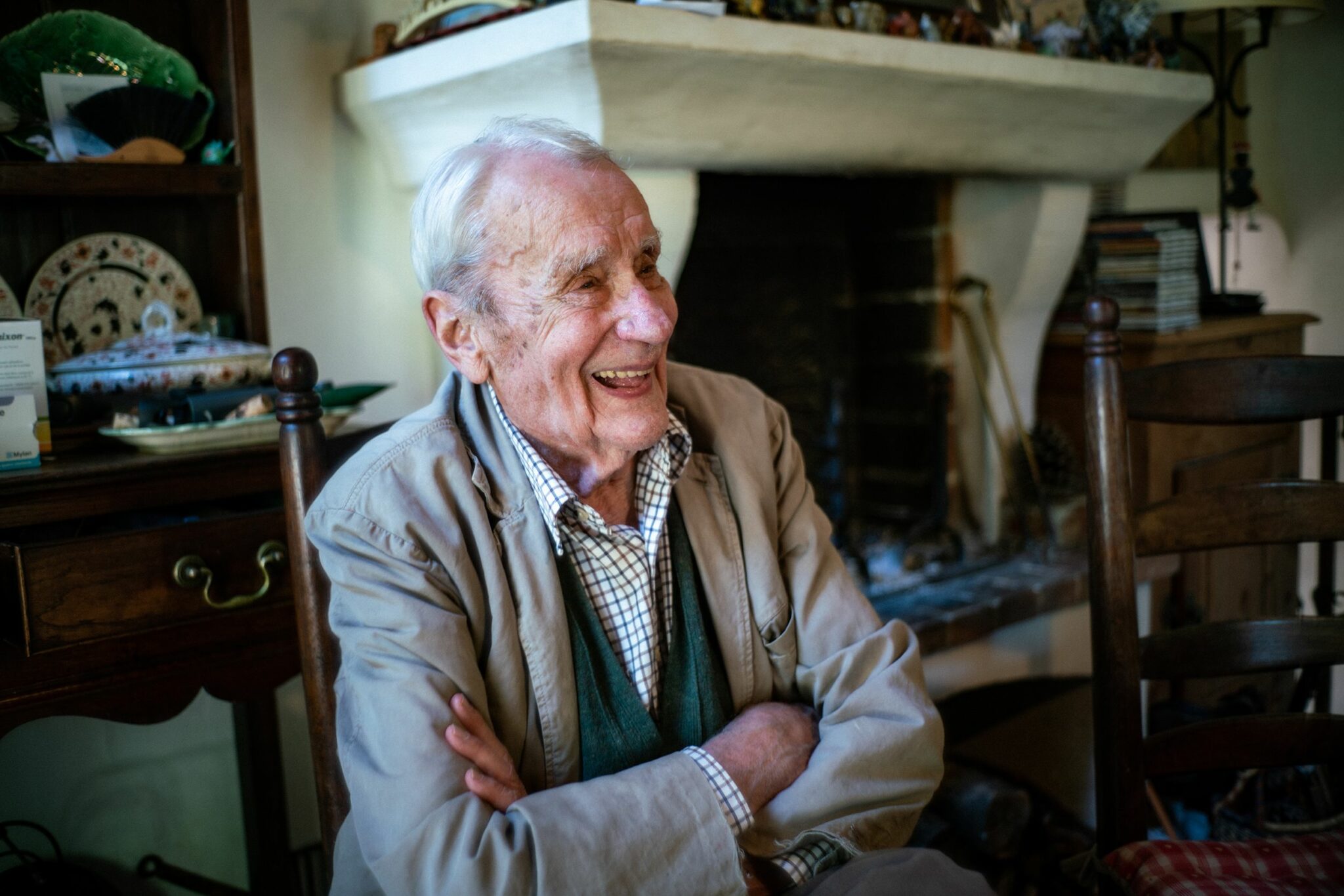
Tolkien never really intended to become a famous author. He began crafting Middle Earth almost entirely for his own amusement. In fact, “The Hobbit” was originally written as a bedtime story for his own children. And it reads like that. To its core, it is a small-scale adventure for children to enjoy. There are most definitely heavy stakes at the end of the Battle of the Five Armies, but nothing to the extent of “The Lord of the Rings.” When I was recently rereading the famous tale, I was struck by the difference in language used in “The Lord of the Rings” versus “The Hobbit.” While the trilogy is a bit pedantic, the stand-alone is a quick read. It’s like a fairy tale, whereas its follow-up is more reminiscent of “The Odyssey.”
Unfortunately, Jackson really did not stick to the original tone. Instead, he created something that was very similar to “The Lord of the Rings.” He added more villains, more battles, and a much wider scale. While I understand why this decision was made, I think it was absolutely the wrong one and does a disservice to the original work. “The Hobbit” is not worse than “The Lord of the Rings” because it’s about the fate of a contingent of dwarves instead of the entire world. It’s just different. In trying to make it the exact same, I think Jackson inadvertently invalidated the wonder of the original work.
As you can tell, I’m really not a fan of “The Hobbit” movies. That doesn’t mean I dislike the original hobbit himself, Mr. Bilbo Baggins. If you too are a part of his fan club, don’t forget to come by the library on October 4th at 3 pm for a late celebration of his birthday. We’ll have “Lord of the Rings” themed crafts, food, and good company! Hope to see you there, and let me know your thoughts on Jackson’s second Middle Earth trilogy below. Are you one of the rare fans of “The Lord of the Rings” who actually likes “The Hobbit?” Until next time. Harthon ad-govatham.

